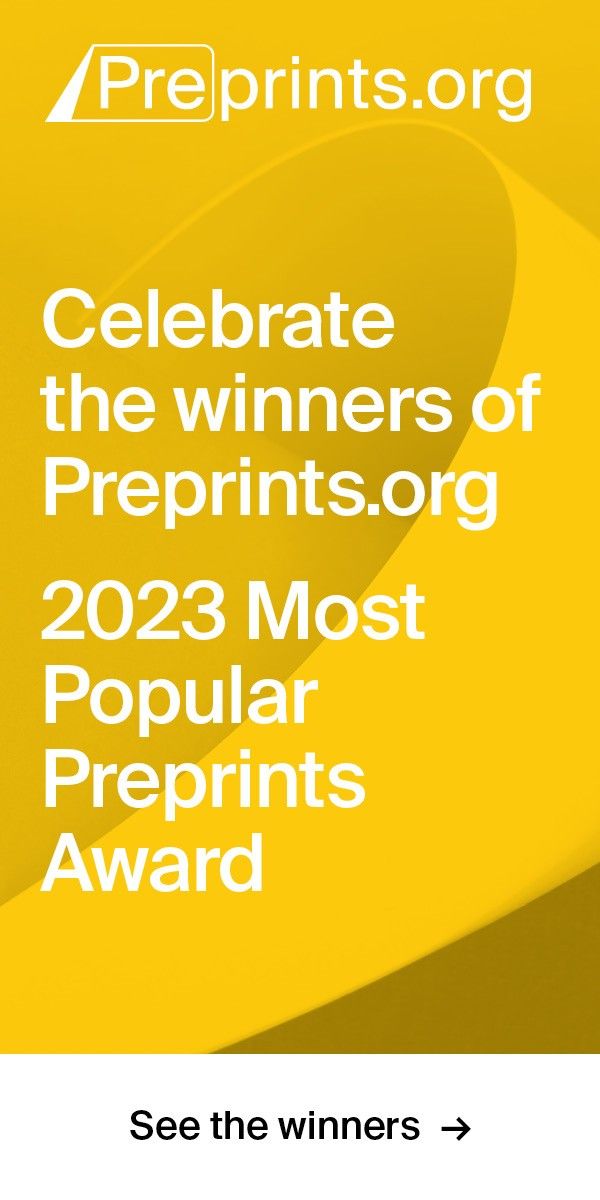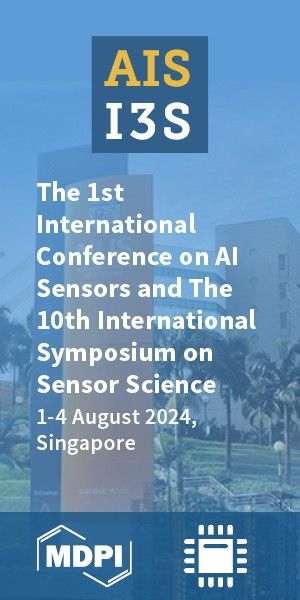Article
Version 1
Preserved in Portico This version is not peer-reviewed
On the Non-Thermal Energy Content of Cosmic Structures
Version 1
: Received: 29 August 2016 / Approved: 30 August 2016 / Online: 30 August 2016 (08:53:32 CEST)
A peer-reviewed article of this Preprint also exists.
Vazza, F.; Wittor, D.; Brüggen, M.; Gheller, C. On the Non-Thermal Energy Content of Cosmic Structures. Galaxies 2016, 4, 60. Vazza, F.; Wittor, D.; Brüggen, M.; Gheller, C. On the Non-Thermal Energy Content of Cosmic Structures. Galaxies 2016, 4, 60.
Abstract
1) Background: the budget of non-thermal energy in galaxy clusters is not well constrained, owing to the observational and theoretical difficulties in studying these diluted plasmas on large scales. 2) Method: we use recent cosmological simulations with complex physics in order to connect the emergence of non-thermal energy to the underlying evolution of gas and dark matter. 3) Results: the impact of non-thermal energy (e.g. cosmic rays, magnetic fields and turbulent motions) is found to increase in the outer region of galaxy clusters. Within numerical and theoretical uncertainties, turbulent motions dominate the budget of non-thermal energy in most of the cosmic volume. 4) Conclusion: assessing the distribution non-thermal energy in galaxy clusters is crucial to perform high-precision cosmology in the future. Constraining the level of non-thermal energy in cluster outskirts will improve our understanding of the acceleration of relativistic particles by cosmic shocks and of the origin of extragalactic magnetic fields.
Keywords
Galaxy clusters; cosmic rays; magnetic fields; turbulence
Subject
Physical Sciences, Astronomy and Astrophysics
Copyright: This is an open access article distributed under the Creative Commons Attribution License which permits unrestricted use, distribution, and reproduction in any medium, provided the original work is properly cited.
Comments (0)
We encourage comments and feedback from a broad range of readers. See criteria for comments and our Diversity statement.
Leave a public commentSend a private comment to the author(s)
* All users must log in before leaving a comment






